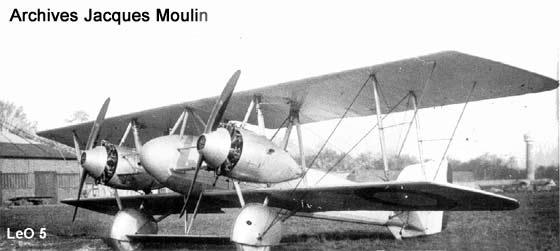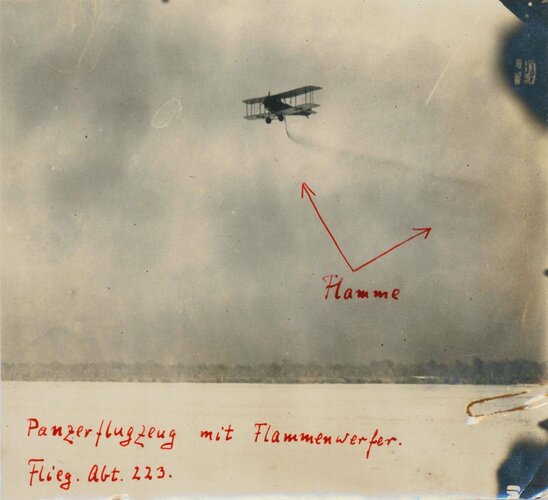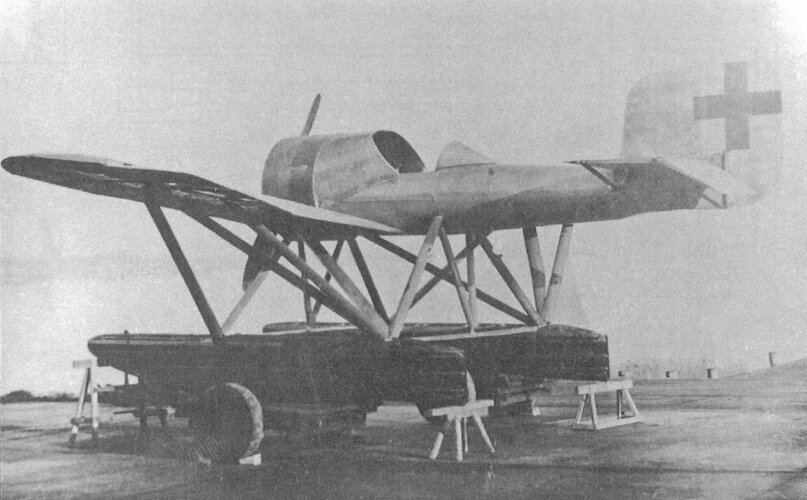- Joined
- 29 July 2009
- Messages
- 1,770
- Reaction score
- 2,479
From what I have available, there were three Macchi M.16's that were purchased by the US Navy in 1922 for submarine scout training. The aircraft were not designed to be broken down and then deployed from a sub as in the case of the Heinkel-Caspar U-1. It would it make a good addition to a lineup of Luft 19' or WWI 19' aircraft.


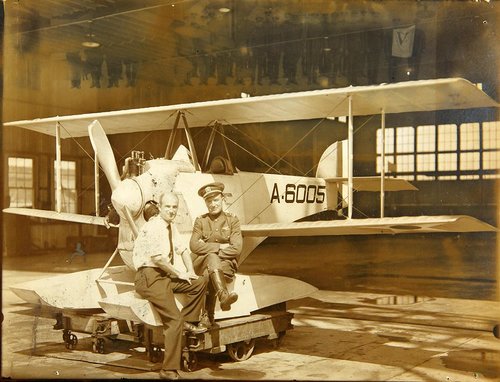
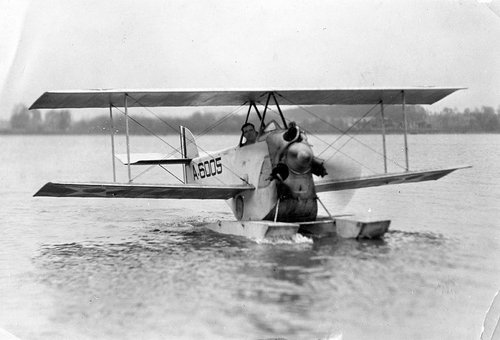

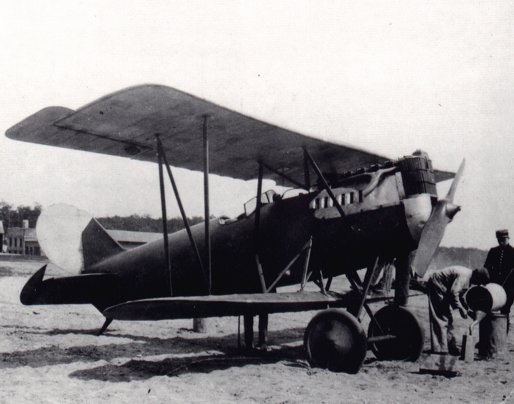
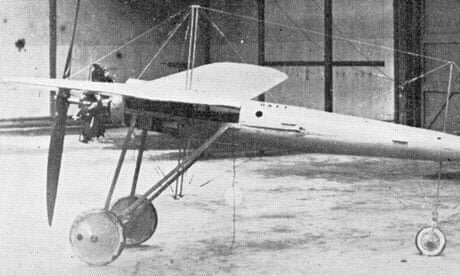
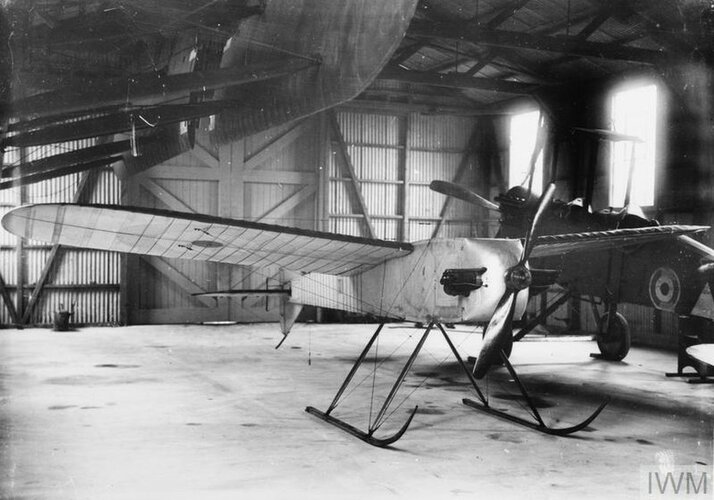
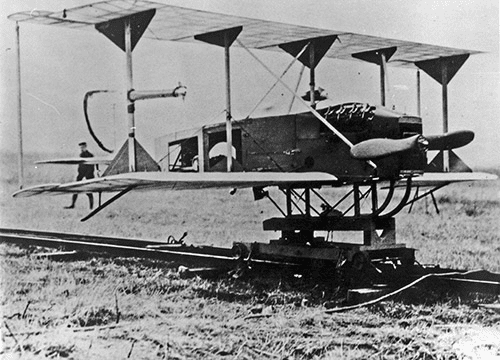
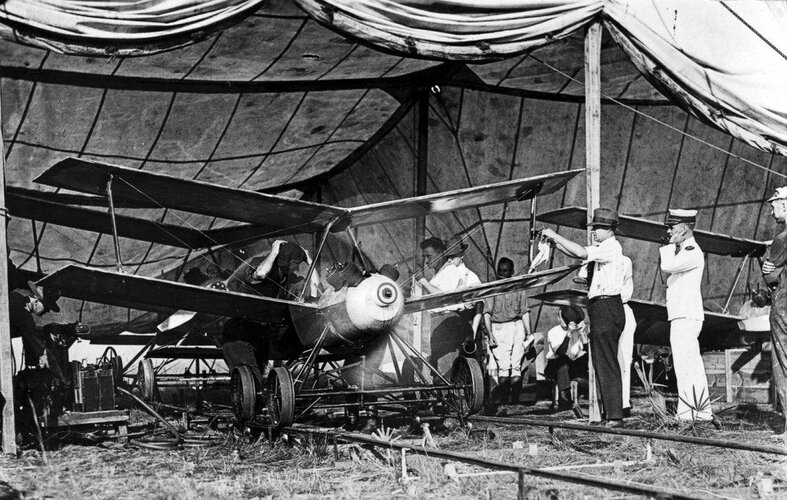
![(1929) Do.X (09) [Imagined Military Development].jpg](/data/attachments/188/188677-a621598972f2646fd412bf4f2753a390.jpg)
